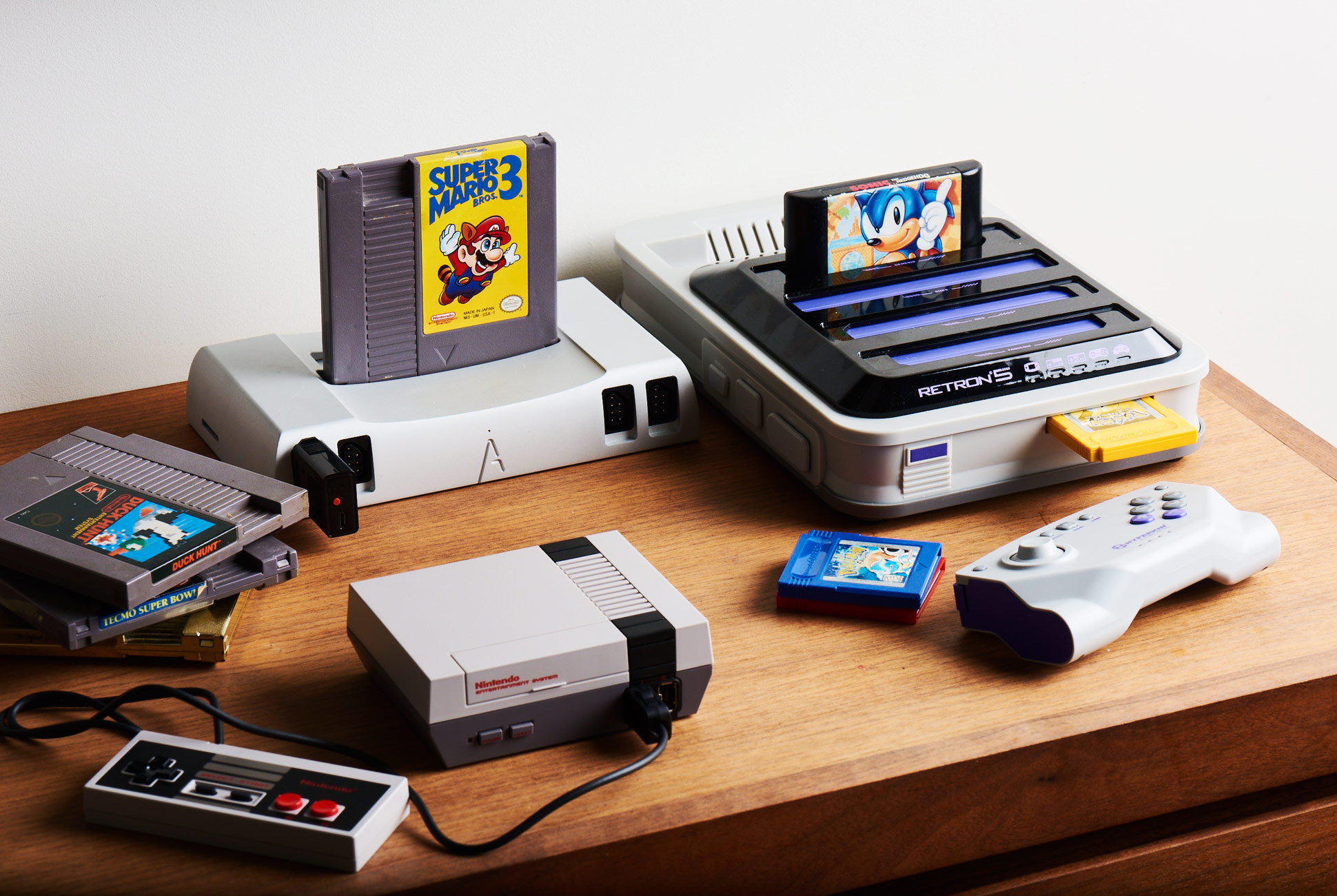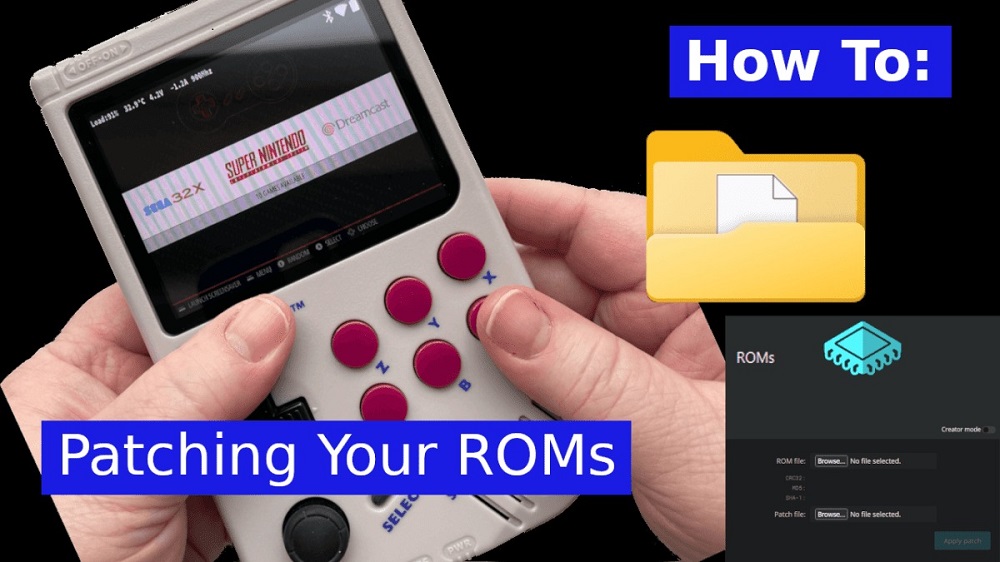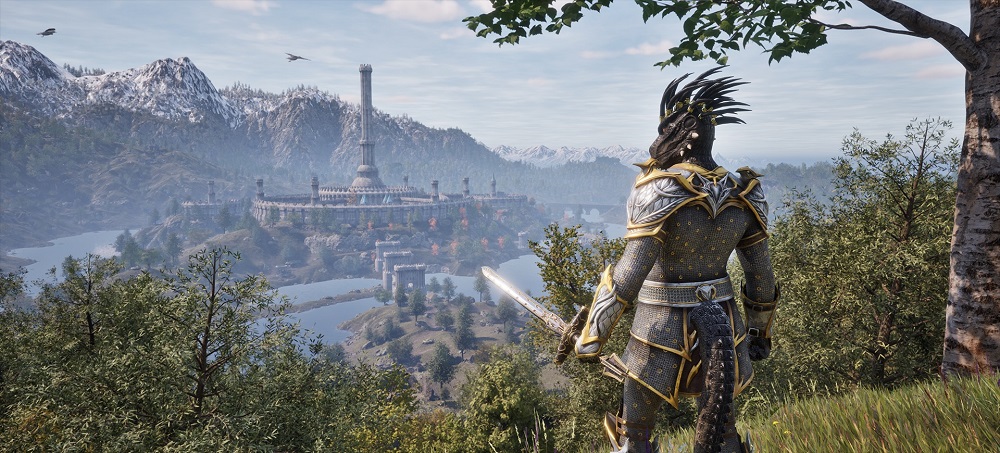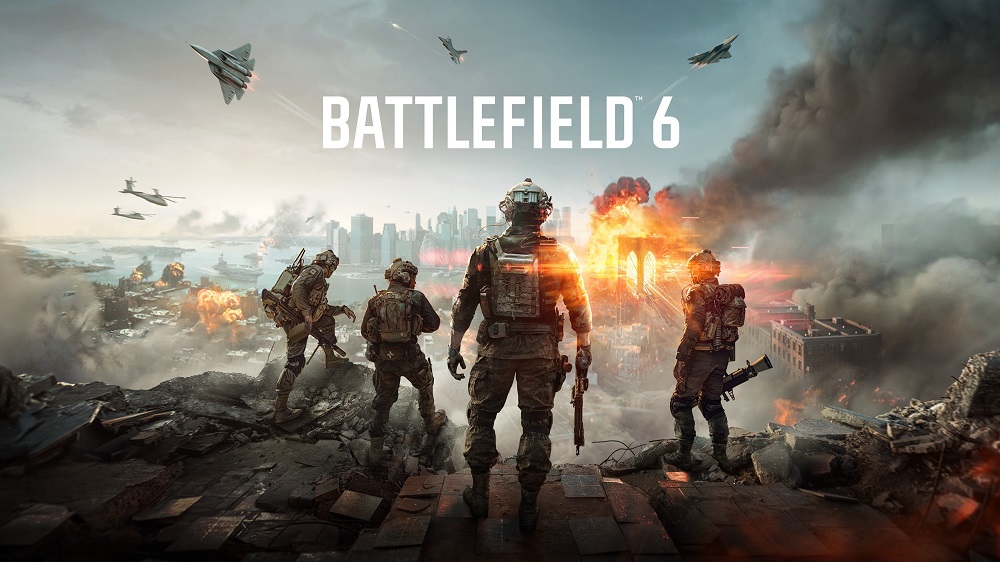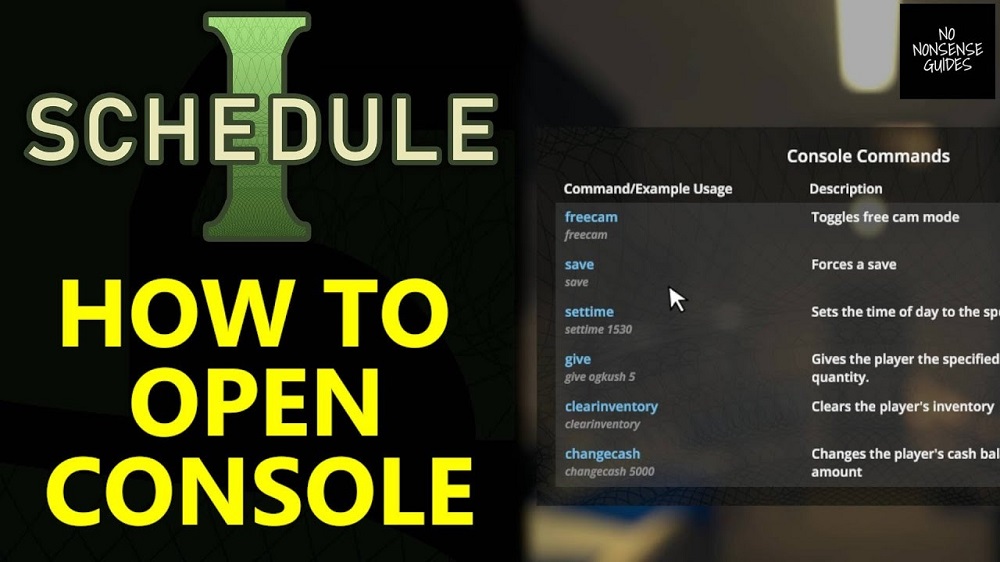For many gamers, retro consoles aren’t just machines — they’re time machines. Booting up an NES, Sega Genesis, or Game Boy instantly transports you back to childhood afternoons, sleepovers, and the joy of discovering pixelated worlds for the first time.
In 2025, the retro gaming scene is stronger than ever. Collectors are hunting rare cartridges, indie developers are inspired by pixel art, and younger players are curious about the classics. But where should you start if you want to buy your first retro console? This guide will help you choose wisely, set up your system, and dive into retro gaming without feeling overwhelmed.
Why Start with a Retro Console in 2025?
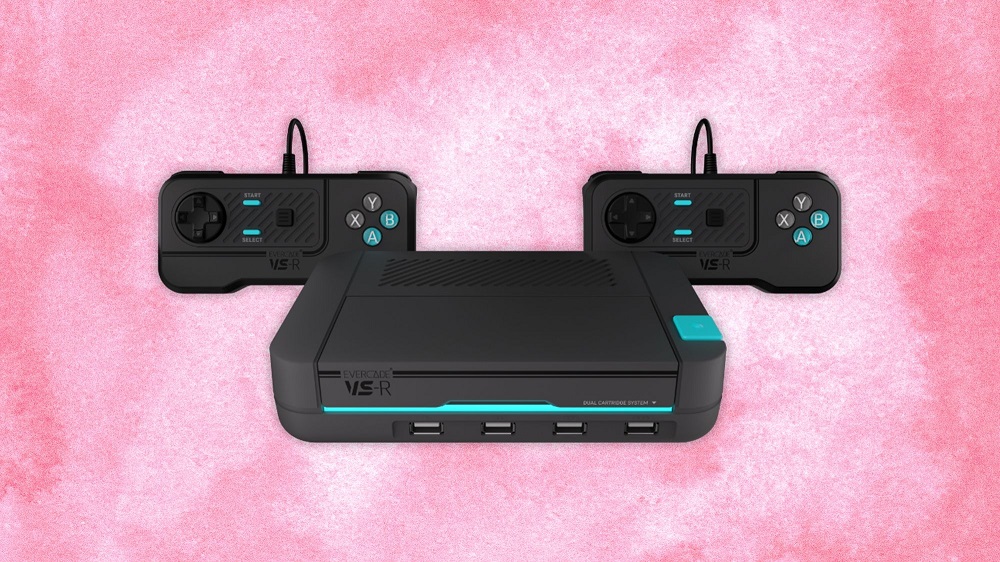
Retro consoles offer experiences that modern hardware can’t replicate:
- Authenticity: There’s nothing like holding an original controller and hearing a cartridge click into place.
- Community: Retro gaming connects you to enthusiasts worldwide who share tips, mods, and nostalgia.
- Collectibility: Consoles and cartridges are physical artifacts, unlike fleeting digital downloads.
- Simplicity: No patches, no microtransactions — just plug in and play.
Retro gaming isn’t just about reliving the past. It’s about appreciating the foundations of the industry.
Step 1: Choosing the Right Console for Beginners
When picking your first retro console, it’s tempting to go for the rarest or most expensive. But for beginners, accessibility and affordability are key. Here are some excellent entry points:
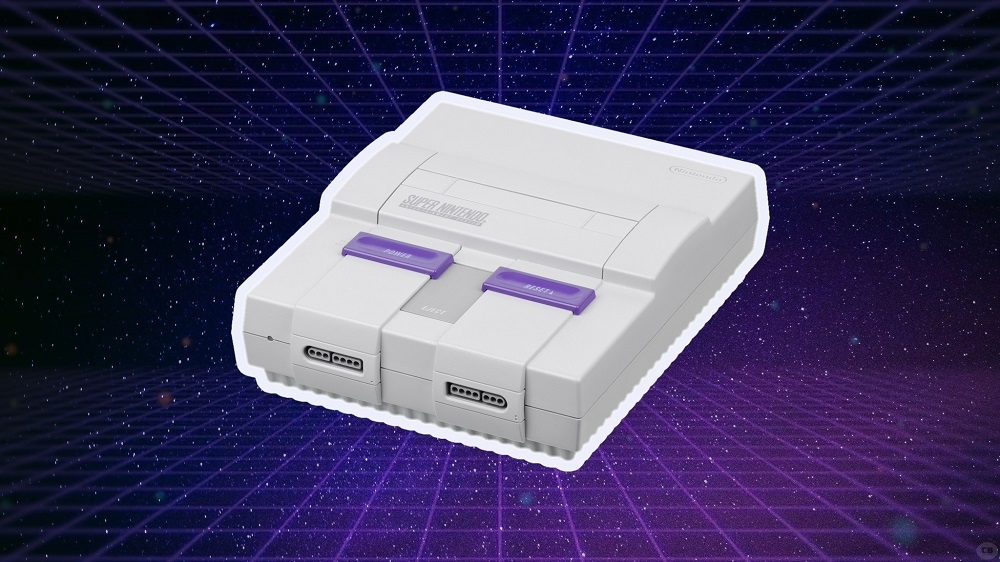
- NES: Affordable, with a legendary library of platformers and RPGs. Great for history buffs.
- SNES: More polished than the NES, home to Super Mario World, Zelda: A Link to the Past, and Chrono Trigger.
- Sega Genesis: Perfect if you love arcade-style action and fast gameplay.
- Game Boy: Portable, durable, and iconic. As we explained about Game Boy, it defined handheld gaming for a generation.
- PlayStation 1: More modern, with disc-based storage and iconic 3D titles.
For most newcomers, the NES or SNES are the best choices. They’re easy to find, affordable, and loaded with classics.
Step 2: Understanding the Costs
Retro gaming doesn’t have to break the bank, but prices vary:
- Console hardware: NES/SNES often cost $60–$120 for working units.
- Games: Common titles can be found for $10–$20, while rarities like EarthBound cost much more.
- Accessories: Extra controllers, cleaning kits, and converters may add $30–$50.
If you’re unsure, consider mini consoles like the SNES Classic, which offer an easy entry point without the hassle of cartridges (see our feature on Mini Version Reviews).
Step 3: Checking Console Condition
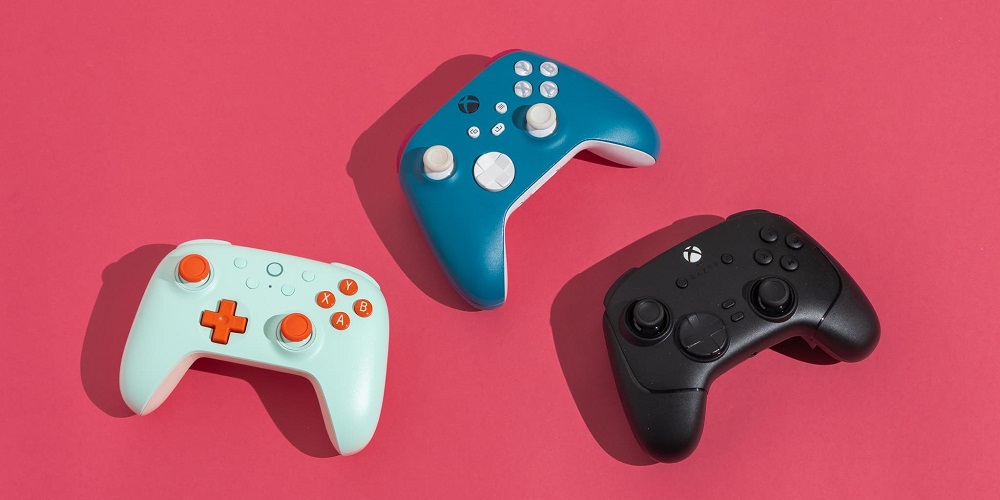
When buying used hardware, always check:
- Cartridge slots: Look for corrosion or bent pins.
- Controllers: Test for responsiveness; NES and SNES pads are durable but may need membrane replacements.
- Power supplies: Ensure you have the right adapter for your region.
- Video output: RF, composite, or HDMI mods may be needed depending on your TV.
Don’t be afraid to ask sellers for photos or even video proof of working consoles.
Step 4: Connecting to a Modern TV
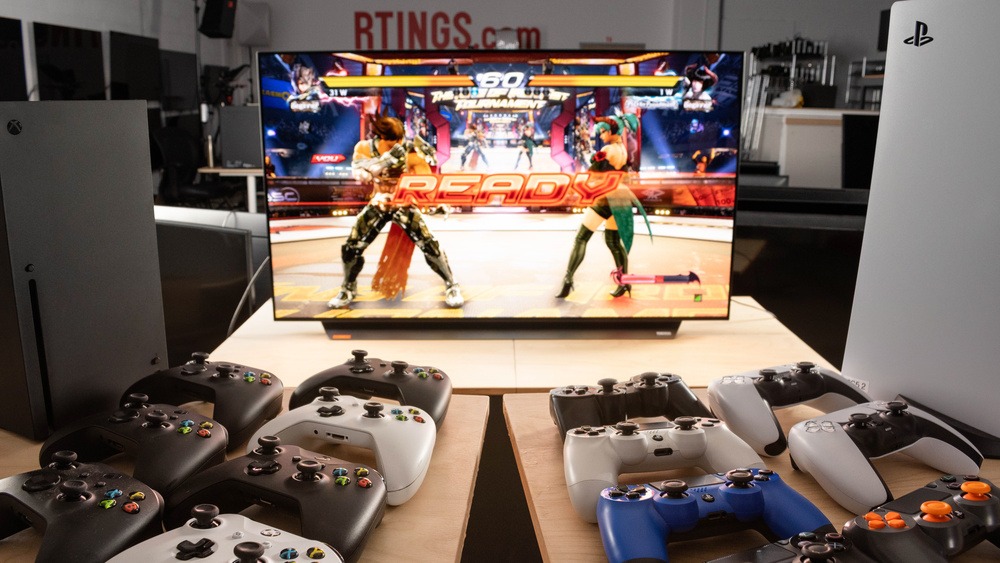
One of the biggest hurdles for beginners is connecting old consoles to modern TVs. Since most new sets only support HDMI, you’ll likely need an adapter:
- Composite-to-HDMI converters: Cheap and simple, but may add lag.
- Upscalers like RetroTINK or OSSC: Provide cleaner images and minimal input delay.
- CRT TVs: For purists, CRTs are the best way to experience authentic visuals. As discussed about CRT TVs, they reproduce colors and scanlines exactly as developers intended.
Step 5: Cleaning and Caring for Cartridges
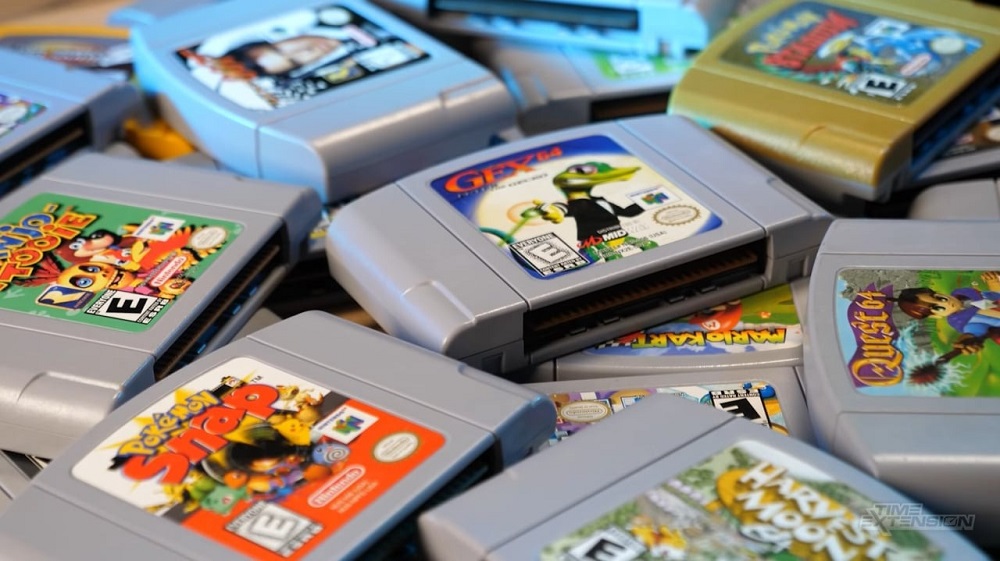
Cartridges are resilient, but decades of dust can cause issues.
- Clean contacts with isopropyl alcohol and cotton swabs.
- Avoid blowing into cartridges — it can cause corrosion.
- Store games upright, away from humidity and heat.
A small investment in proper storage ensures your first retro collection lasts a lifetime.
Step 6: Building a Starter Game Library
Don’t start by chasing holy grails. Instead, look for affordable, must-have classics:
- NES: Super Mario Bros. 3, Metroid, Castlevania.
- SNES: Super Mario World, Donkey Kong Country, The Legend of Zelda: A Link to the Past.
- Genesis: Sonic the Hedgehog 2, Streets of Rage 2.
- Game Boy: Tetris, Pokémon Red/Blue, Kirby’s Dream Land.
Once you’ve built a starter library, you can gradually expand into rarer titles.
Step 7: Accessories That Enhance the Experience
Adding the right accessories makes retro gaming smoother:
- Extra controllers: Great for multiplayer nights.
- EverDrive/flash cartridges: Allow you to play multiple ROMs on original hardware.
- Wireless pads (like 8BitDo): Provide modern convenience with classic designs.
These upgrades don’t dilute authenticity — they make retro play more accessible in 2025.
Step 8: Emulation vs. Original Hardware
Newcomers often wonder: should I buy original hardware or use emulators?
- Original hardware: Authentic feel, physical cartridges, nostalgic value.
- Emulation: Cheaper, portable, and allows for enhancements like save states.
Emulation is essential for preservation. But if you’re buying your first retro console, there’s something magical about holding original hardware.
Step 9: Joining the Retro Community
One of the joys of retro gaming is community. Online forums, local retro shops, and conventions offer spaces to connect with like-minded fans.
- Reddit’s r/retrogaming: Active discussion and advice.
- Discord servers: Communities for specific consoles.
- Retro conventions: Great for meeting collectors, trying new systems, and swapping games.
These spaces help you learn faster and share your growing passion.
Step 10: Growing Beyond the First Console
Your first retro console is just the beginning. Many collectors eventually branch out into:
- 16-bit systems: SNES or Genesis for richer libraries.
- 3D consoles: Nintendo 64 or PlayStation for early 3D experiences.
- Handhelds: Game Boy Advance or PSP for portable classics.
As your knowledge grows, you may also explore collecting rare and valuable games or even modding consoles for better video quality.
Buying your first retro console in 2025 is an exciting step into gaming history. Whether you choose the NES for its charm, the SNES for its timeless classics, or the Game Boy for its portability, you’re opening the door to a vibrant world of nostalgia and discovery.
Retro gaming is about more than playing old games — it’s about connecting generations, preserving history, and celebrating creativity under limitations. With the right console, a handful of cartridges, and the community around you, your retro journey will be unforgettable.
So go ahead: pick your first console, plug it in, and press start. The past is waiting.
